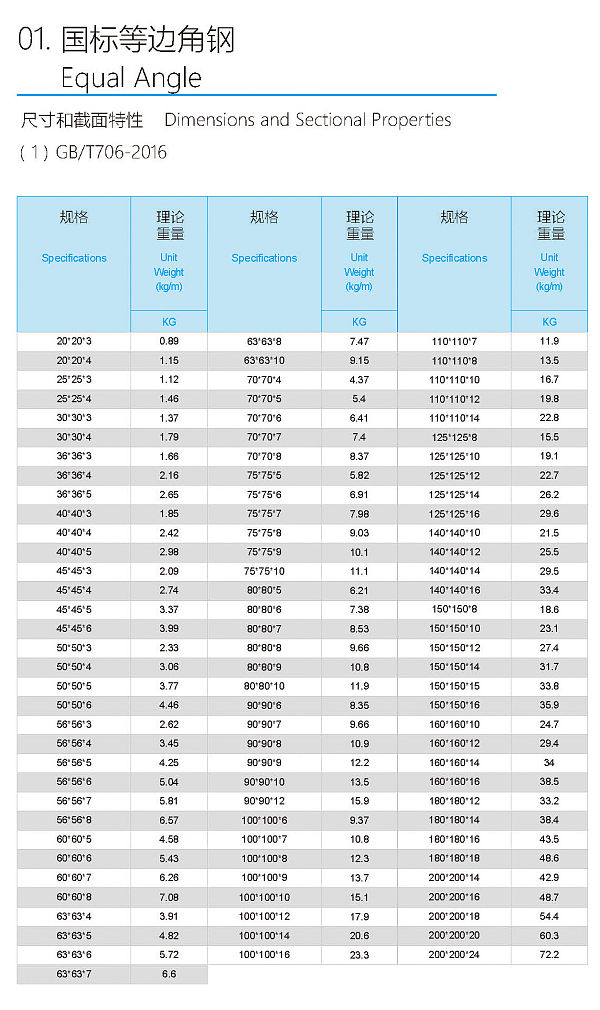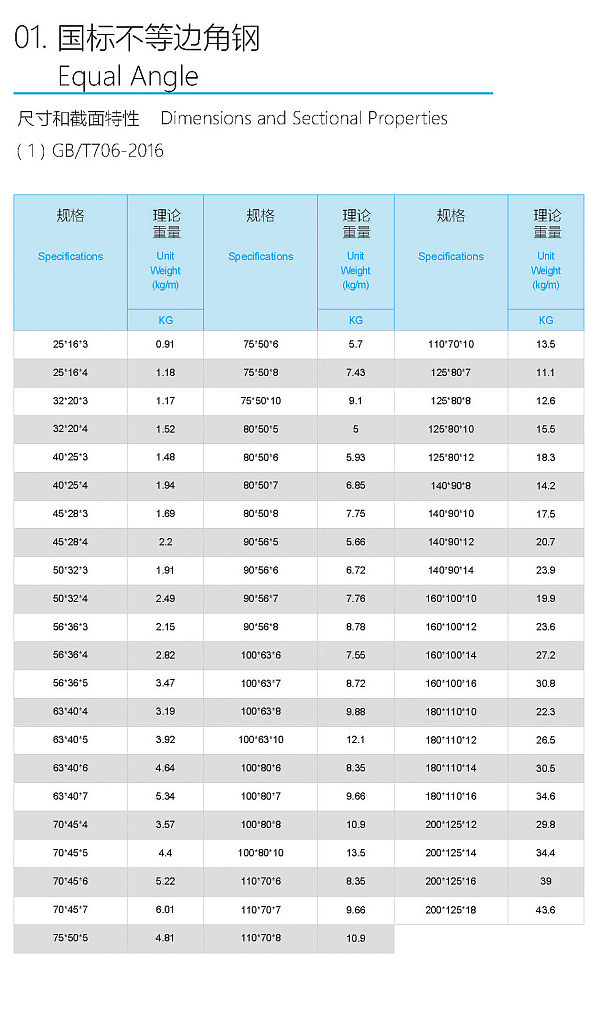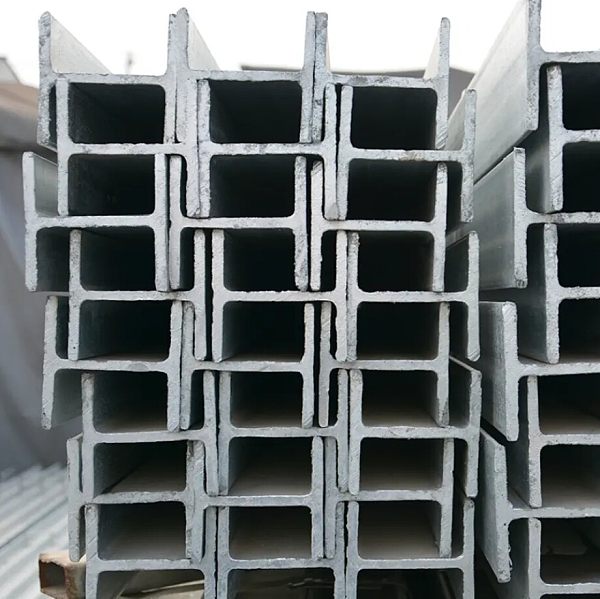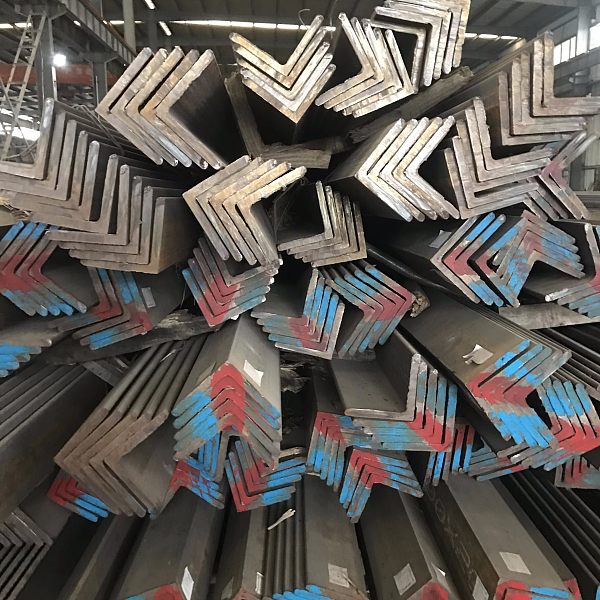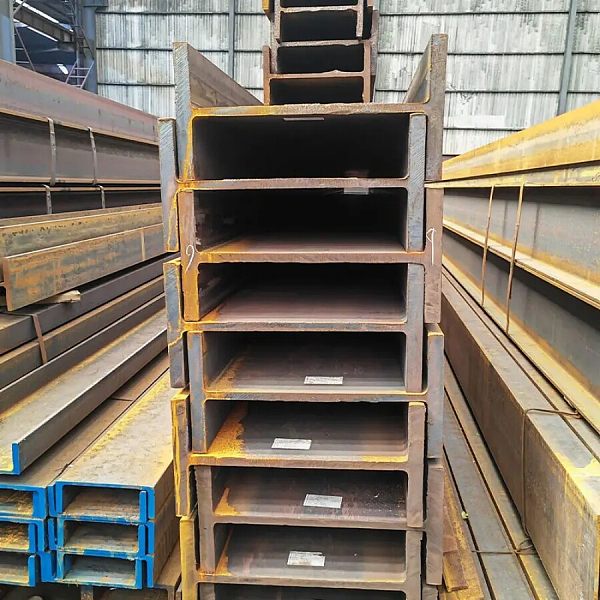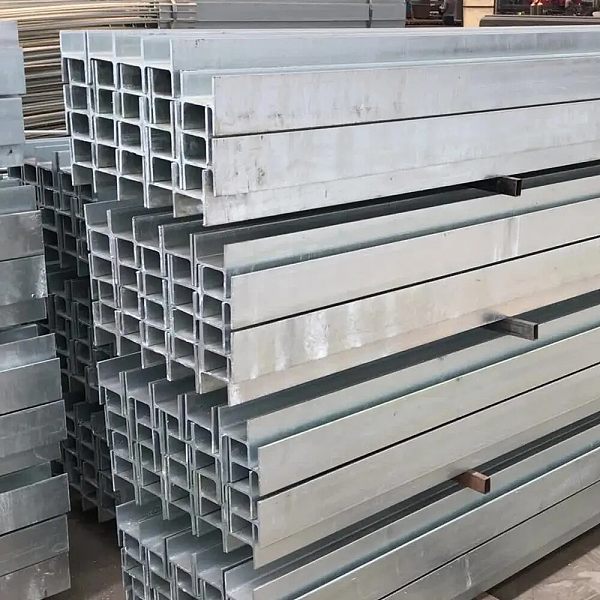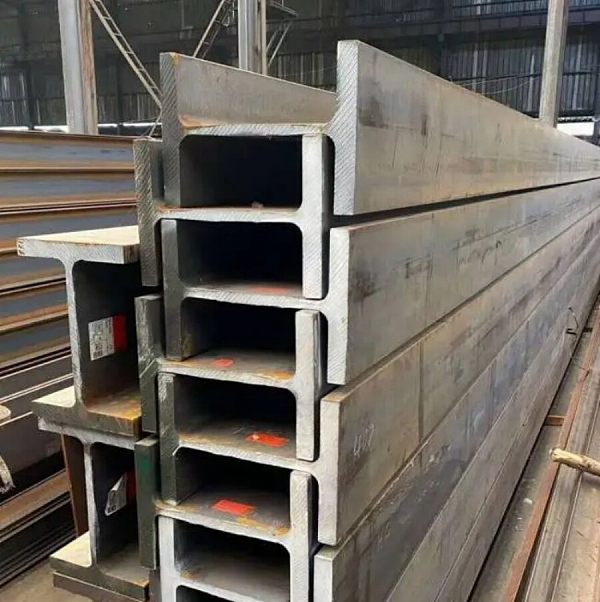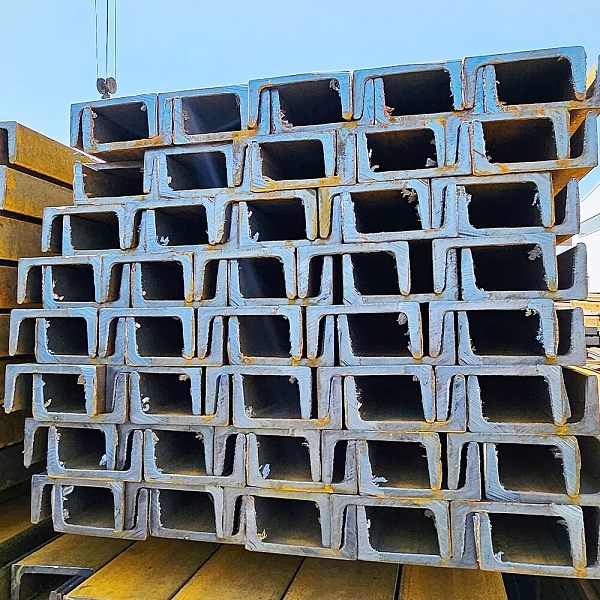H Beam Description
The main components of carbon steel H-beam are iron and carbon, and the carbon content has an important impact on the performance of the steel. According to different carbon contents, it can be divided into low carbon steel, medium carbon steel and high carbon steel. Low carbon steel has a lower carbon content and has better plasticity and toughness, and is suitable for manufacturing structural parts that need to withstand greater impact and vibration; medium carbon steel has a moderate carbon content, has higher strength and hardness, and is suitable for manufacturing parts and components that bear moderate loads; high carbon steel has a higher carbon content, further improves strength and hardness, but has poor plasticity and toughness. Carbon steel H-beam also has excellent welding performance and can be easily welded to adapt to various complex structural requirements. It also shows good performance in terms of wear resistance and corrosion resistance.
Channel Description
Channel steel is a long strip of steel with a groove-shaped section, which is a carbon structural steel for construction and machinery. It is a section steel with a complex section, and its section shape is groove-shaped. Channel steel is mainly used for building structure, curtain wall engineering, mechanical equipment and vehicle manufacturing.
I-Beam Description
I-beam is mainly divided into ordinary I-beam, light I-beam and low alloy light I-beam. Ordinary I-beam and light I-beam flanges are thick on the web plate and thin on the outside. Ordinary I-beam, light I-beam, because the cross-sectional dimensions are relatively high, narrow, so the section of the two main sleeve moment of inertia difference is large, which makes it in the scope of application has a great limitation. The use of I-beam shall be selected according to the requirements of the design drawings.
Angle Steel Description
Carbon steel unequal angle steel is a long strip of steel whose two sides do not share the same width. It is an angle steel with carbon as the main alloy element, and its carbon content is generally between 0.12% and 2.0%. Carbon steel unequal angle steel has a chemical composition consisting of carbon, iron, manganese, sulfur, phosphorus and other elements, among which carbon occupies a dominant position. Carbon adds to the hardness and strength of the steel, but too much carbon content can lead to less toughness and plasticity. Carbon steel unequal angle steel can be manufactured through various processes such as hot rolling, cold rolling, forging and casting. Carbon steel unequal angle steel is widely used in construction, engineering, manufacturing, aviation, aerospace, automobile and other fields for its excellent physical properties and processability. It is particularly often used to manufacture various mechanical parts, bearings, and gears.
Angle Steel Description
Carbon steel unequal angle steel is a long strip of steel whose two sides do not share the same width. It is an angle steel with carbon as the main alloy element, and its carbon content is generally between 0.12% and 2.0%. Carbon steel unequal angle steel has a chemical composition consisting of carbon, iron, manganese, sulfur, phosphorus and other elements, among which carbon occupies a dominant position. Carbon adds to the hardness and strength of the steel, but too much carbon content can lead to less toughness and plasticity. Carbon steel unequal angle steel can be manufactured through various processes such as hot rolling, cold rolling, forging and casting. Carbon steel unequal angle steel is widely used in construction, engineering, manufacturing, aviation, aerospace, automobile and other fields for its excellent physical properties and processability. It is particularly often used to manufacture various mechanical parts, bearings, and gears.
Products
We have domestic and foreign spot resources and steel plant resources, all over Taiwan, Southeast Asia, the Americas, Europe and other
countries and regions, with vast resources.
Get a Quote
Regardless of whether you require general advice or specific support, we are happy to help you.




